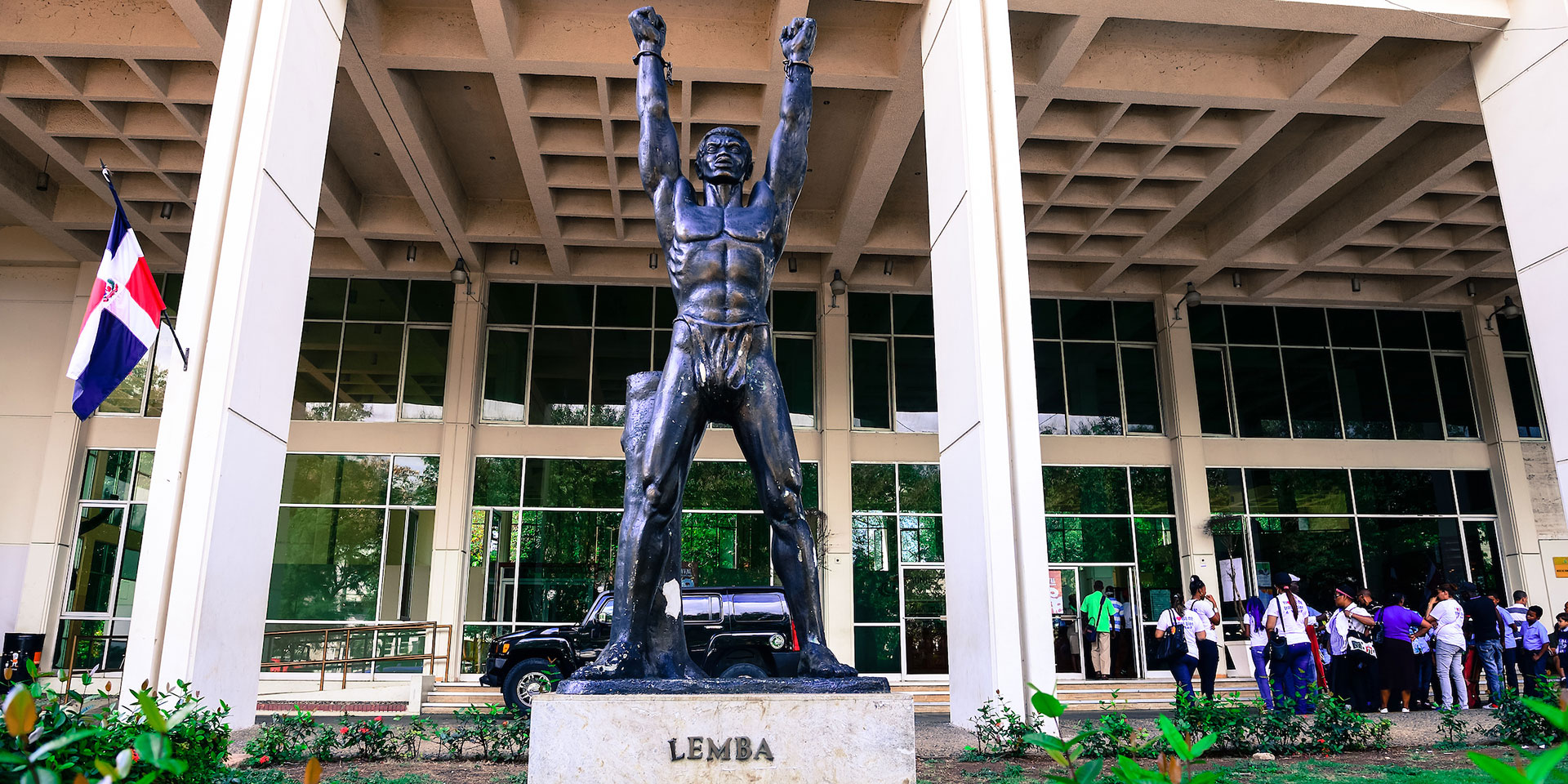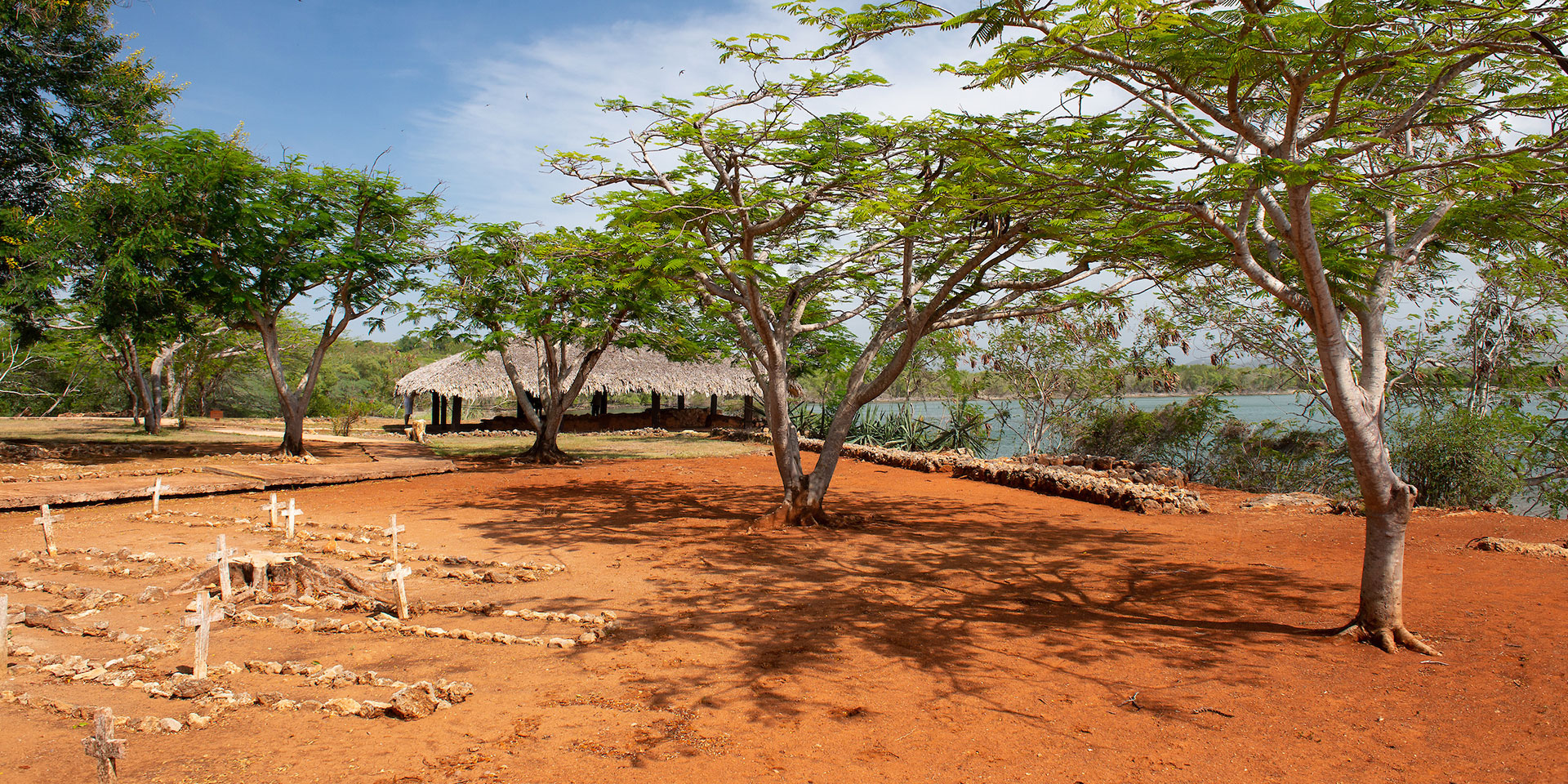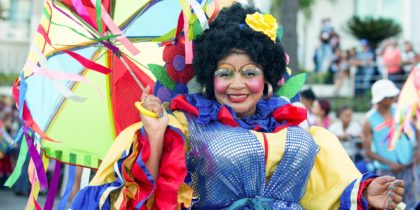Every year, visitors flock to the Colonial City of Santo Domingo to learn about the history, architecture, and characters of the first permanent European settlement of the Americas. After all, it’s where the Spaniards built the first religious, educational and military structures in the 16th century.
Historical buildings turned museums, like the Alcazar de Colón palace, will give you a sense of the country’s dark colonial past.
But in truth, for a more complete picture of the Dominican Republic’s complicated trajectory — before and after Columbus’ arrival, including the years of U.S. occupation and the dictatorship regime of Rafael Trujillo — you’ll need to visit a handful of off-the-beaten track sites.
From modern museums to archeological sites, these are easily accessed from Santo Domingo, Puerto Plata or Punta Cana.
Museo Memorial de la Resistencia Dominicana
History buffs will appreciate this state-of-the-art museum, located in the Colonial City yet off the beaten tourist track. The Museo Memorial de la Resistencia highlights the DR’s brutal 31 years of dictatorship under Rafael Leonidas Trujillo, as well as the country’s political climate during the years that followed until 1970.
Its primary purpose: to educate and remind generations of Dominicans of the past so as not to repeat it in the future, as well as celebrate the country’s democratic values.
Through bilingual audio recordings and life-sized displays, you’ll discover the characters and stories of those who formed the Resistance and fought against the Trujillo regime. There are grim items on display, including various methods of torture that the dictator used such as the electric chair.
In another room, a wall of heroes lists the names and photos of all those who sacrificed their lives for the cause of liberating the DR from oppression.
You’ll also find a display explaining the infamous Haitian genocide, when Trujillo ordered the death of thousands of Haitians in 1937, and Trujillo’s arranged killing of the Mirabal sisters in 1960.
Museo del Hombre Dominicano
With one of the most comprehensive history and cultural collections in the country, the Museo del Hombre Dominicano is a good place to begin understanding the origins of the DR and its heritage.
Exhibits across three floors begin with Taino heritage and religion — the indigenous inhabitants of the DR — and continue on to the days of colonialism, until present-day DR. Along the way are explanations of modern day religions and spirituality, as well as a full floor dedicated to carnival, with displays of masks and regional costumes from around the country.

This anthropological museum is the only one of its kind in the DR. Take note of the giant outdoor steel statue of Lemba — one of the first Maroon rebel leaders — with his arms raised, unchained and free.
Parque Nacional Histórico y Arqueológico Villa de La Isabela
You don’t hear about it much, but Villa de La Isabela, in the northern Puerto Plata province, is one of the most important historical sites in the DR.
It’s where Christopher Columbus built his first settlement in 1493, along with over 1,000 Spaniards, on his second voyage to the Americas. It’s also where the persecution and enslavement of Tainos began.
La Isabela was eventually abandoned when droughts and disease hit the settlement. You can hike the ruins that remain of the structures built here, including Columbus’ thatch roof house overlooking the Atlantic Sea — perched on cliffs — the first Catholic church nearby, Taino huts where Columbus’ men lived, and a graveyard.
After hiking the ruins, enter the onsite Museo Arqueológico La Isabela and peruse detailed displays on the Taino days pre-Columbus, with encased Taino artifacts.
Museo Arqueológico Regional Altos de Chavón
Inaugurated in 1981 and boasting one of the largest collections of pre-Columbian and Taino artifacts, the Altos de Chavón Museum sits inside the eponymous recreational village perched over the Río Chavón.
If you’re curious about the first Dominicans that ever were, you’ll find all the details here about their day to day lives. From rituals and agricultural practices to tools, jewelry, and transportation methods — bilingual-labeled displays showcase over 3,000 authentic items, from 4,000 B.C. leading up to the arrival of Columbus.
Dominican archaeologist Samuel Pión is behind this impressive collection, achieved over a research period of 40 years.




